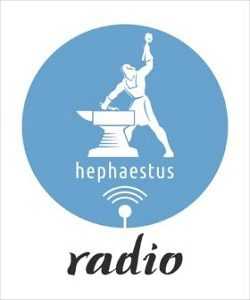“Can we cope with another crisis?” an exasperated senior government official was heard saying last week, as an emergency meeting was held at the office of the prime minister, this time on the appearance of over 840 refugees on the shores of the islands of Crete and Gavdos.
But, in contrast to the farm subsidy scandal or the Tempe rail crash strategy, the government feels secure that, in dealing with the latest spike in refugee flows, it has a template: the so-called “Evros crisis” of 2020.
In that incident, which took place early in the year, just before the Covid-19 shutdown, well over 100,000 refugees had amassed on the land border between Greece and Turkey, along the Evros river. Turkey had attempted to weaponize the issue, encouraging refugees to cross the border, and even busing them there, in order to wring concessions out of the European Union.
Back then, the government had successfully dealt with the crisis by mobilizing the police and army to essentially seal the border, despite Turkish protests of Greek violence. Despite questioning some of the tactics, the EU understood and sided with Greece, wanting no repetition of 2015, when more than 800,000 migrants and refugees crossed into Europe.
The conservative government is using the same playbook: tough talk on migration, even as the hardliner new Migration and Asylum Minister Thanos Plevris has been criticized for inflammatory, some say performative, rhetoric. Concretely, the government has decided to suspend considering asylum requests from migrants coming from Libya – a move whose legality is certain to be challenged – and to build a new detention center in Crete.
Defending a sea border is certainly more difficult, but there’s no denying the government sees this particular crisis as an opportunity to boost its standing.
Source: Ekathimerini.com














Leave a comment